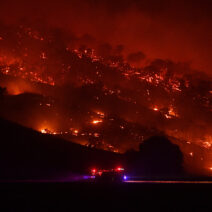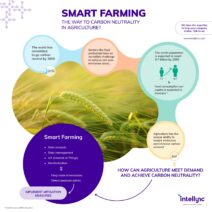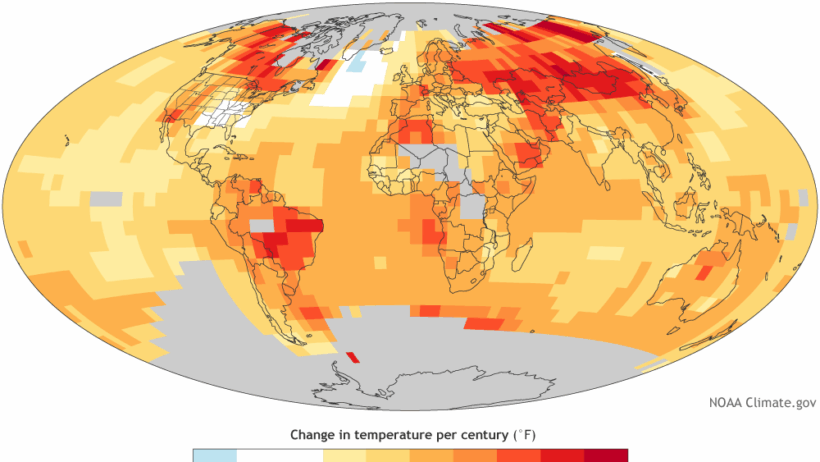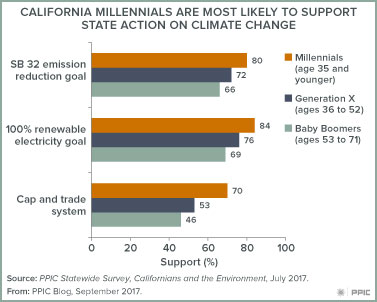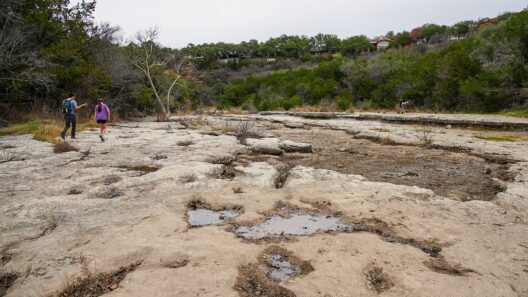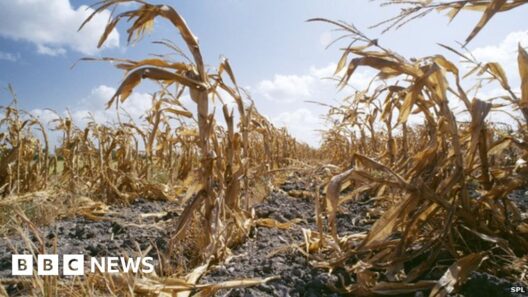In the contemporary discourse surrounding environmental issues, the terms “global warming” and “climate change” are often conflated, leading to confusion about their distinct yet interrelated meanings. Understanding their relationship is crucial for comprehending the broader implications of human activity on our planet’s ecosystems. This exploration begins by delineating the definitions of both terms, subsequently uncovering the intricate interplay between them and the broader climatic phenomena that underlie these concepts.
Global warming refers specifically to the increase in Earth’s average surface temperature due predominantly to the accumulation of greenhouse gases in the atmosphere, a consequence of industrialization, deforestation, and various human activities. This phenomenon has been empirically observed through extensive climate data collection and analysis over several decades. The primary contributors to global warming include carbon dioxide (CO2), methane (CH4), nitrous oxide (N2O), and other anthropogenic pollutants that trap heat in the atmosphere. The results are unmistakable: increased temperatures, shifting weather patterns, and exacerbated climatic extremes.
In contrast, climate change encompasses a broader spectrum of alterations in atmospheric conditions over extended periods, including not just rising temperatures but also variations in precipitation, humidity, and wind patterns. Climate change can occur naturally; however, the rapid alterations witnessed in recent decades are primarily due to human influence. Consequently, while global warming represents a critical aspect of climate change, it does not encapsulate the full scope of environmental transformations that result from complex climatic interactions.
The relationship between global warming and climate change can be illustrated through a cause-and-effect lens. Rising global temperatures influence various climatic mechanisms, leading to observed changes—such as more frequent and severe weather events, alterations in seasonal cycles, and shifts in agricultural productivity. For instance, as temperatures rise, the frequency of heatwaves is notably amplified, resulting in adverse effects on human health, biodiversity, and agriculture. Additionally, warmer temperatures can induce the melting of polar ice caps, which not only contributes to rising sea levels but also endangers marine ecosystems and alters oceanic currents.
Moreover, global warming plays a significant role in the escalation of extreme weather phenomena. The simple rationale here is that warmer air can hold more moisture, thus intensifying precipitation events and leading to severe storms and floods. Conversely, in some regions, the lack of moisture contributes to prolonged droughts. These manifestations of climate change are not innocuous, as they threaten water security, agricultural integrity, and, ultimately, human livelihood.
A compelling observation that frequently arises in discussions of global warming and climate change is the cyclical nature of climate dynamics. Historical climatology demonstrates that the Earth has undergone various warming and cooling periods throughout its geological history. However, the unprecedented rate of current global warming underscores a critical deviation from natural patterns. Understanding this disparity is fundamental to grasping the urgency of mitigating human-induced climate change.
Another vital dimension to consider is the socio-economic implications stemming from global warming and associated climate changes. Vulnerable populations—often those least responsible for greenhouse gas emissions—face the brunt of these climatic shifts. For example, smallholder farmers in developing countries may find their agricultural outputs devastated by shifting seasonal weather patterns, thus exacerbating food insecurity and economic instability. Consequently, for climate activists, the intersectionality of social justice and environmental advocacy becomes irrefutable in discussions surrounding climate change.
As the world grapples with these pressing challenges, the pursuit of renewable energy sources offers a viable pathway to mitigating the ramifications of global warming. By transitioning from fossil fuels to solar, wind, and hydropower, humanity can curtail greenhouse gas emissions and lessen the severity of climate change. However, the transition necessitates robust policy frameworks, significant investment in green technologies, and a collective societal commitment to sustainable practices.
In addition to mitigation, adaptation strategies are equally crucial in confronting the realities of climate change. This approach involves developing resilient infrastructures, implementing water conservation initiatives, and protecting natural habitats that act as buffers against climatic extremes. For instance, restoring wetlands not only aids in flood control but also serves as vital carbon sinks, thus contributing to the reduction of CO2 levels in the atmosphere.
Public awareness and education play an instrumental role in fostering understanding and galvanizing action against global warming and climate change. Engaging communities through informative campaigns can dispel misconceptions and empower individuals to adopt sustainable practices in their daily lives. Simple actions, from reducing energy consumption to supporting local agriculture, can collectively deliver significant benefits. The complexity of global environmental issues calls for an informed populace ready to participate in solutions.
However, grappling with the psychological aspects of climate change is equally critical. The phenomenon has often been framed as an abstract and distant crisis, yet the truth is that its impacts are immediate and palpable. Climate anxiety is increasingly prevalent, manifesting as a chronic fear of environmental doom. Thus, fostering a narrative that emphasizes collective action over despair is vital for driving engagement and positive change.
In conclusion, breaking down the link between global warming and climate change reveals a tapestry of interconnected issues that demand holistic comprehension and proactive engagement. The distinction between these two terms—while subtle—is fundamental for a complete grasp of the environmental crisis at hand. As society confronts these challenges, it becomes clear that understanding their complexity is imperative to fostering a sustainable and equitable future for all inhabitants of Earth.

